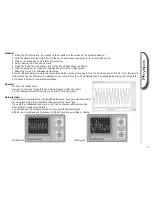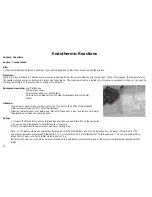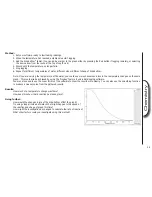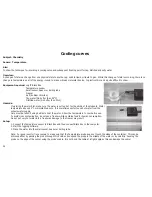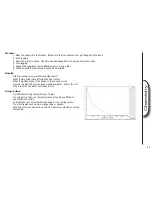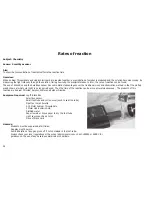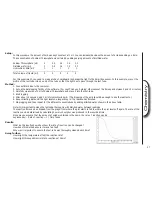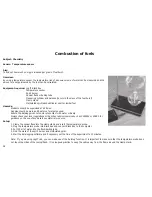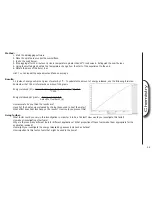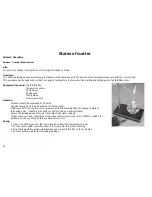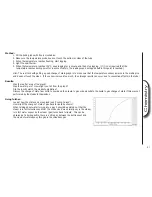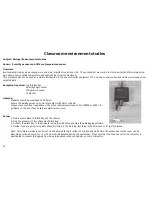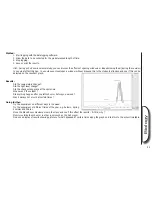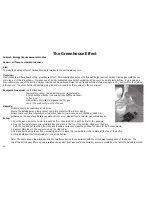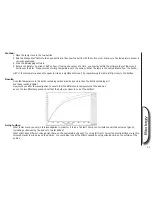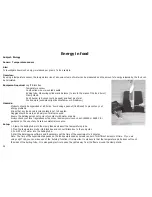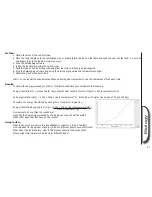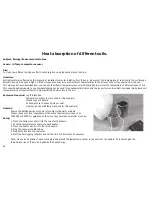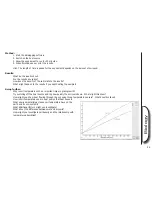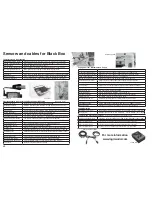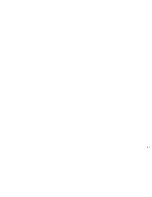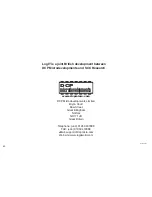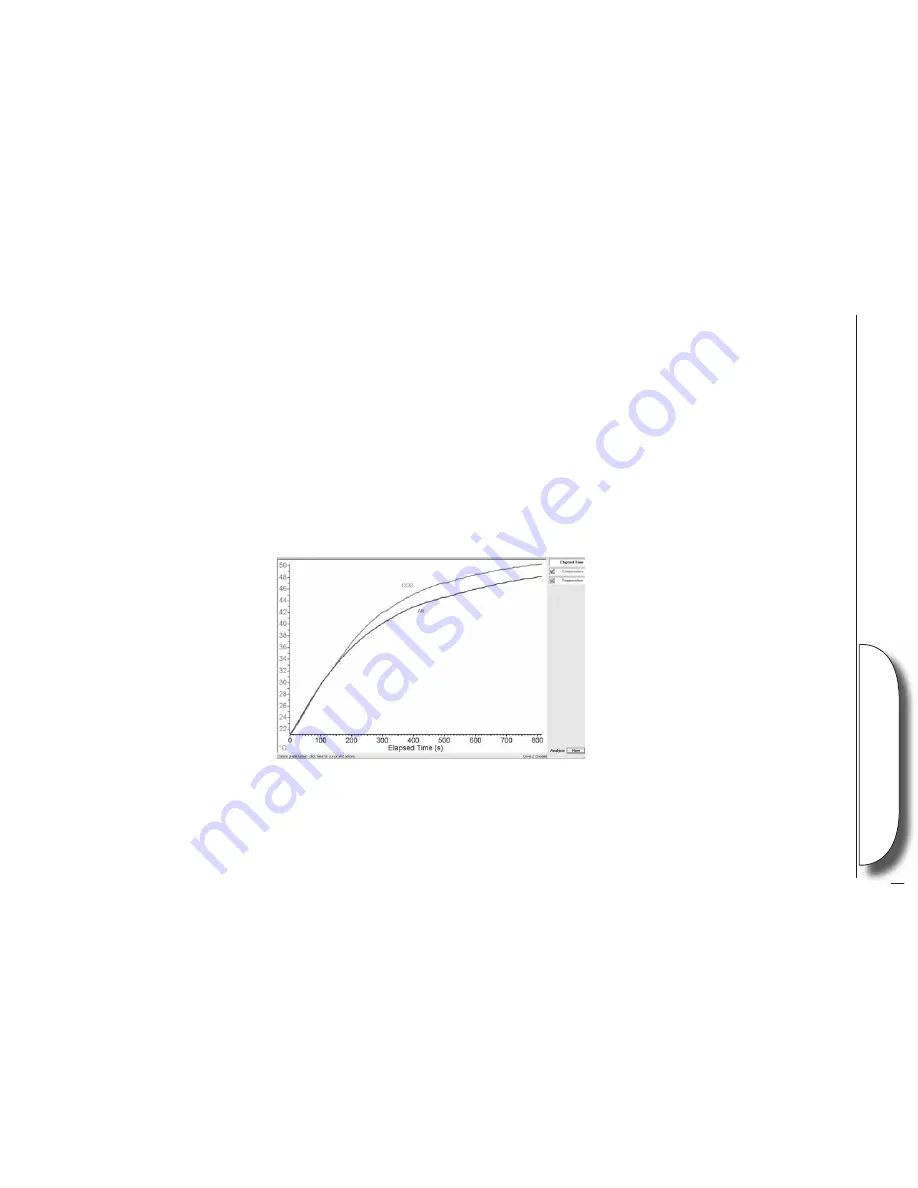
35
Method:
1. Place the lamp close to the two bottles.
2. Add the Alka-seltzer
®
tablet to the open bottle and then seal the bottle with the cotton wool. Make sure the temperature sensor is
correctly positioned.
3. Start the datalogging software.
4. Record the data for a period of half an hour. (If using one sensor at a time, use ‘overlay’ within the software to plot the second
bottle over the fi rst. Make sure the starting temperatures are the same and that the lamp is the same distance from the bottle.)
Hint: If the temperature does not appear to rise by a signifi cant amount, try repositioning the lamp a little closer to the bottles.
Results:
Does the temperature in the bottle containing carbon dioxide rise more than the bottle containing air?
Are these results reliable?
How could you alter the investigation to ensure that the difference in temperature at the end was
due to the two different gases and not that the bulb was closer to one of the bottles?
Going further:
What factor could you vary in this investigation in order for it to be a fair test? Could you for instance vary the volume of gas by
increasing or decreasing the amount of water added?
What effect does different coloured light have on the temperature change? Try using felt tips to colour the plastic bottles or use thin
coloured plastic to wrap around the bottles. You could also look at the effects caused by using coloured card on the outside of the
bottles.
Biology

